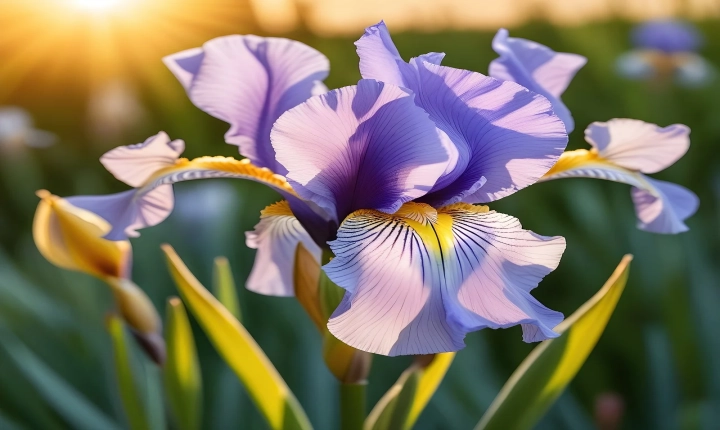Title: How to Turn a Picture into AI Art: A Step-by-Step Guide
Artificial intelligence has made significant advancements in recent years, and one of the most fascinating applications of this technology is the ability to turn a picture into AI art. By using neural networks and machine learning algorithms, it is now possible to transform a regular photograph into a stunning piece of AI-generated artwork, often in the style of famous artists like Van Gogh or Picasso.
In this article, we will explore the step-by-step process of turning a picture into AI art, using popular AI art generation tools such as DeepArt, Prisma, and Google’s Deep Dream. Whether you are a professional artist looking for new sources of inspiration or an amateur photographer interested in trying out this innovative technology, this guide will help you understand the basic principles behind AI art generation and how to create your own AI-generated masterpiece.
Step 1: Choose Your Source Image
The first step in creating AI art is to select the source image that you want to transform. This can be a photograph taken with a digital camera or a picture from your smartphone. It’s important to choose a high-quality image with clear details and distinct features, as this will help the AI algorithms accurately interpret and transform the image.
Step 2: Select an AI Art Generation Tool
There are several AI art generation tools available that can transform your source image into AI art. Some popular options include DeepArt, Prisma, and Google’s Deep Dream. Each tool offers different styles and customization options, so it’s worth experimenting with various tools to find the one that best suits your artistic vision.
Step 3: Upload Your Image and Choose a Style
Once you have selected an AI art generation tool, you can upload your source image and choose a particular artistic style or filter that you want to apply to your picture. These styles are often inspired by famous artists or art movements, such as impressionism, cubism, or surrealism. Some tools also allow you to adjust parameters like color saturation, brush strokes, and texture, giving you more control over the final output.
Step 4: Generate and Refine Your AI Artwork
After selecting the style and customization options, the AI art generation tool will process your image using its neural network algorithms to create the AI-generated artwork. This process may take a few moments, depending on the complexity of the chosen style and the image resolution. Once the AI artwork is generated, you can further refine it by adjusting parameters or applying additional filters to achieve the desired artistic effect.
Step 5: Save and Share Your AI Art
Once you are satisfied with the AI-generated artwork, you can save the final image to your device and share it with others on social media, art platforms, or print it for display. It’s important to credit the AI art generation tool and consider the copyright implications of using the AI-generated artwork for commercial purposes.
In conclusion, turning a picture into AI art is an exciting and accessible creative process that leverages the power of artificial intelligence to produce unique and visually compelling artworks. As AI art generation technology continues to evolve, it offers endless possibilities for artistic expression and experimentation. Whether you are a professional artist, photographer, or art enthusiast, exploring the world of AI art can open up new avenues for creativity and inspiration. So, embrace the potential of AI technology and let your imagination soar as you transform ordinary images into extraordinary AI-generated art.
